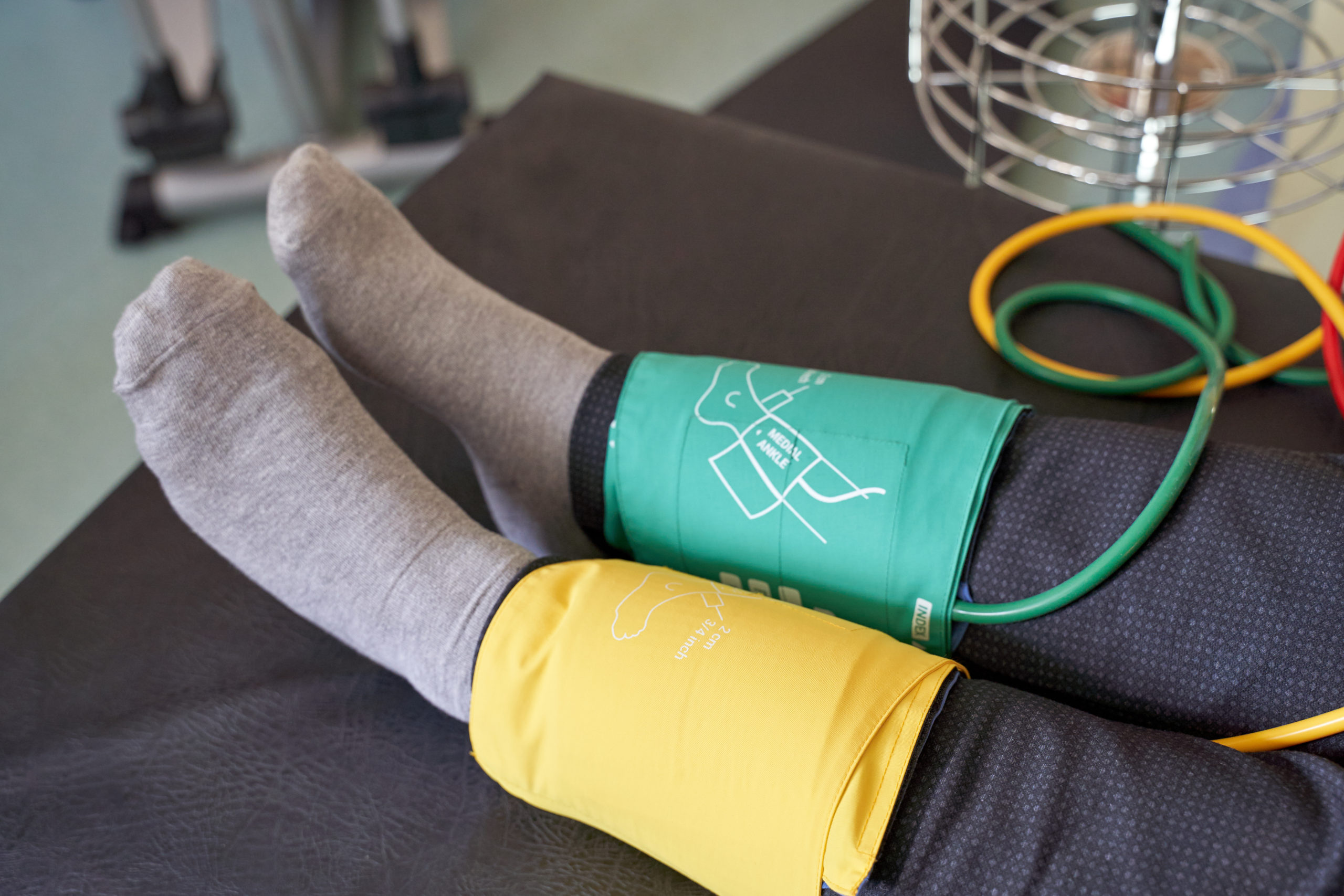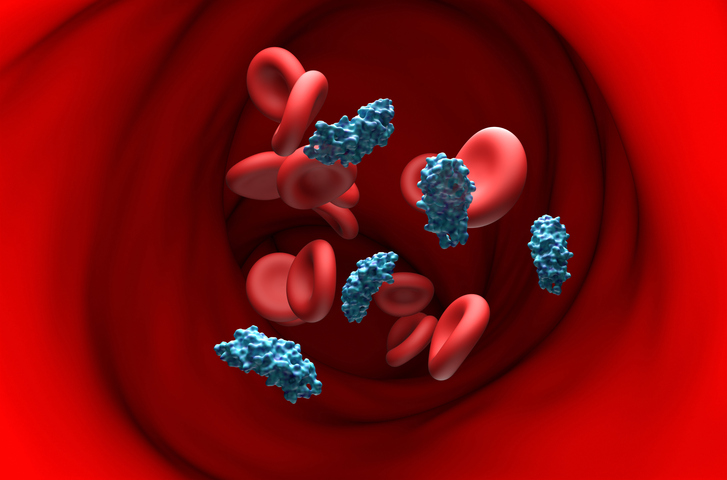
In the BEST-CLI study, published in The New England Journal of Medicine, researchers compared endovascular therapy with surgical revascularization for improving limb outcomes in patients with chronic limb-threating ischemia, an advanced stage of peripheral arterial disease (PAD).
According to the study’s lead author, Alik Farber, major adverse events and deaths were significantly reduced with surgical revascularization versus endovascular therapy among patients who had a section of great saphenous vein that was viable for surgery (cohort 1); However, in patients who did not have a viable vein and required an alternative bypass conduit (cohort 2), the two interventions had similar outcomes.
The BEST-CLI study enrolled 1830 patients with CLTI and infrainguinal PAD in 2 international parallel-cohort trials. The primary end point was a composite of major adverse events requiring amputation above the ankle, major limb reinterventions, and any-cause mortality.
Surgery Superior to Endovascular Therapy in Viable Patients
After a median follow-up of 2.7 years in cohort 1, authors observed one of the composited outcomes in 302 (42.6%) out of 709 patients in the surgical revascularization group and 408 (57.4%) out of 711 patients in the endovascular therapy group (hazard ratio [HR], 0.68; 95% CI, 0.59-0.79; P<.001).
Comparatively, after a median follow-up of 1.6 years in cohort 2, a primary outcome event occured in 83 (42.8%) out of 194 and 95 (47.7%) out of 199 patients in the surgical and endovascular therapy groups, respectively (HR, 0.79; 95% CI, 0.58-1.06; P=.12). Researchers noted the rate of adverse events was otherwise similar between the two interventions in each cohort.
Ultimately, the study’s authors concluded that surgical revascularization yielded superior limb outcomes versus endovascular therapy in patients with CLTI who had an adequate great saphenous vein for surgery, while outcomes were similar in patients who needed an alternative bypass conduit.
Related: Preventing Thrombotic Events in Peripheral Arterial Disease After Revascularization







 © 2025 Mashup Media, LLC, a Formedics Property. All Rights Reserved.
© 2025 Mashup Media, LLC, a Formedics Property. All Rights Reserved.